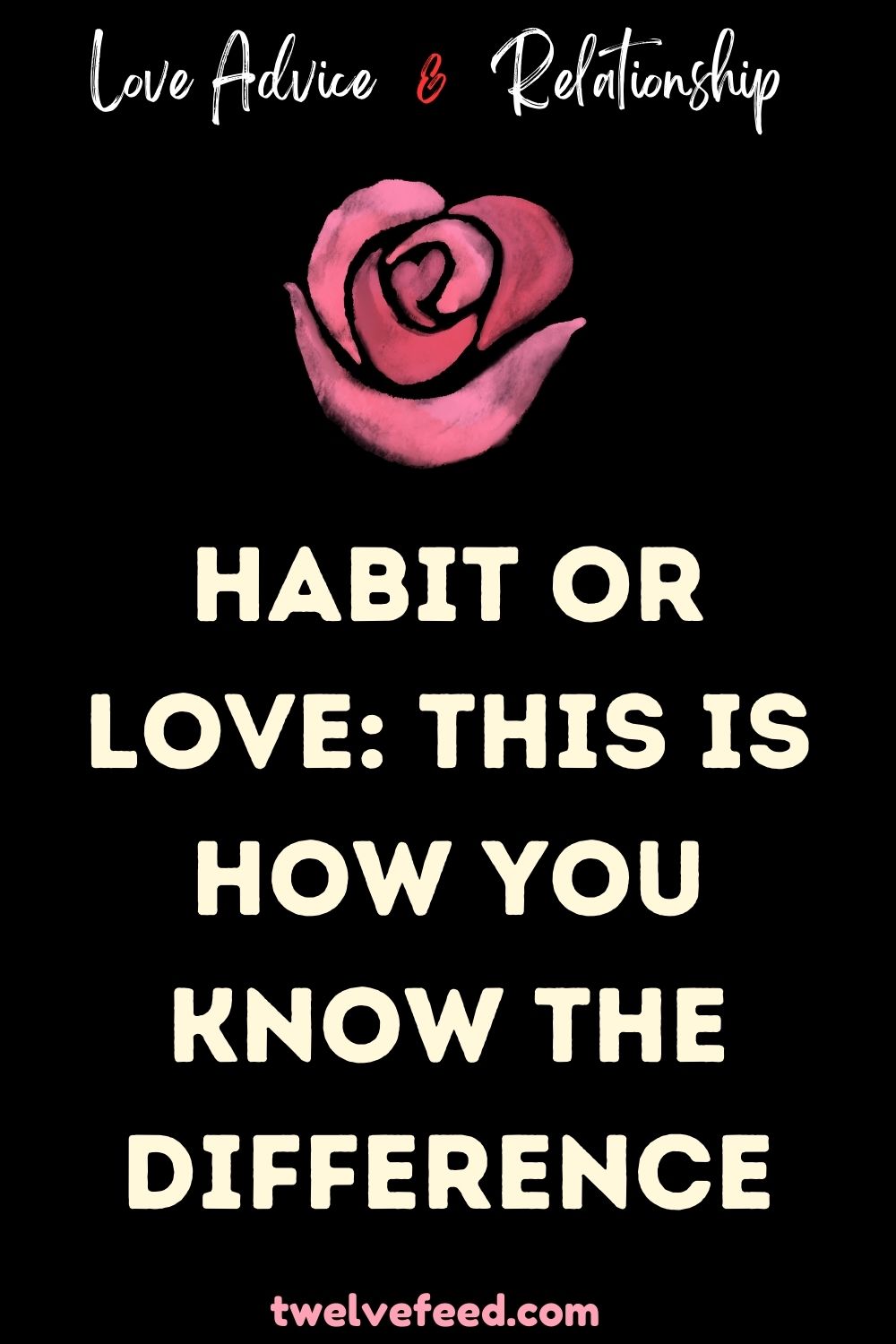
In the realm of human emotions and behaviors, habit and love stand as two pillars often intertwined yet distinctly different. While habit denotes repetitive actions, ingrained behaviors, and routines, love encapsulates a profound emotional connection, deep affection, and genuine care. Distinguishing between the two can be intricate, as habits sometimes masquerade as love, and love may manifest in habitual actions. In this comprehensive guide, we delve into the nuances, uncovering the subtleties that distinguish habit from love.
Defining Habit: Patterns of Behavior
Habit manifests as repetitive actions performed routinely, often without conscious thought. These behaviors stem from familiarity, comfort, and ease. From mundane tasks like brushing teeth to complex routines like morning rituals, habits streamline daily life, offering a sense of stability and predictability. However, habits lack the emotional depth and intrinsic motivation characteristic of love.
Characteristics of Habit:
- Repetition: Habits entail recurrent actions performed consistently over time.
- Automaticity: Habitual behaviors occur with minimal conscious effort or deliberation.
- Routine: Habits often adhere to a predictable schedule or pattern.
- Familiarity: Habitual actions arise from familiarity with the task or environment.
- Comfort: Engaging in habits provides a sense of comfort and security.
Understanding Love: A Deep Emotional Connection
Contrary to habit, love transcends routine actions, encompassing profound emotional bonds and genuine affection. Love involves empathy, understanding, and a willingness to prioritize the well-being of others. Whether expressed through romantic gestures, familial bonds, or platonic connections, love fosters intimacy, trust, and mutual respect.
Elements of Love:
- Emotional Connection: Love entails a deep, meaningful connection with another individual.
- Empathy and Compassion: Genuine love involves understanding and empathizing with others’ emotions and experiences.
- Selflessness: Love often prompts individuals to prioritize the needs and happiness of their loved ones.
- Commitment: True love is accompanied by a commitment to support, nurture, and cherish one another.
- Mutual Respect: Love thrives on mutual respect, appreciation, and acceptance of each other’s differences.
Differentiating Between Habit and Love: Key Indicators
While habit and love may coexist, discerning between the two is crucial for fostering healthy relationships and personal growth. Several key indicators can help differentiate habitual behaviors from genuine expressions of love.
Signs of Habit:
- Rote Actions: Habitual behaviors lack spontaneity and emotional depth.
- Absence of Emotional Connection: Actions driven by habit often lack genuine emotional engagement or empathy.
- Resistance to Change: Individuals entrenched in habits may resist deviating from familiar routines, even if it hinders personal growth or relationship dynamics.
Signs of Love:
- Emotional Depth: Genuine love is accompanied by deep emotional connections, empathy, and vulnerability.
- Selflessness: Acts of love prioritize the well-being and happiness of others over personal convenience or comfort.
- Flexibility and Adaptability: Unlike habits, expressions of love are flexible and adaptive, evolving to meet the changing needs and circumstances of relationships.
Cultivating Healthy Relationships: Nurturing Love Over Habit
While habits serve a practical purpose in daily life, nurturing love fosters meaningful connections and enriches interpersonal relationships. By prioritizing communication, empathy, and vulnerability, individuals can transcend habitual behaviors and cultivate genuine expressions of love.
Strategies for Nurturing Love:
- Effective Communication: Open, honest communication fosters understanding, trust, and emotional intimacy.
- Practicing Empathy: Empathizing with others’ perspectives and emotions strengthens emotional bonds and fosters compassion.
- Expressing Gratitude: Acknowledging and appreciating the efforts and sacrifices of loved ones cultivates feelings of love and reciprocity.
- Prioritizing Quality Time: Investing time and energy into shared experiences strengthens bonds and nurtures love.
- Embracing Vulnerability: Being open and vulnerable with loved ones fosters intimacy and deepens emotional connections.
Conclusion: Embracing Love’s Authenticity
In the intricate tapestry of human relationships, distinguishing between habit and love is essential for fostering genuine connections and nurturing personal growth. While habits offer comfort and familiarity, love transcends routine actions, enriching life with profound emotional connections and genuine affection. By prioritizing empathy, communication, and vulnerability, individuals can cultivate meaningful relationships grounded in authenticity and love.





